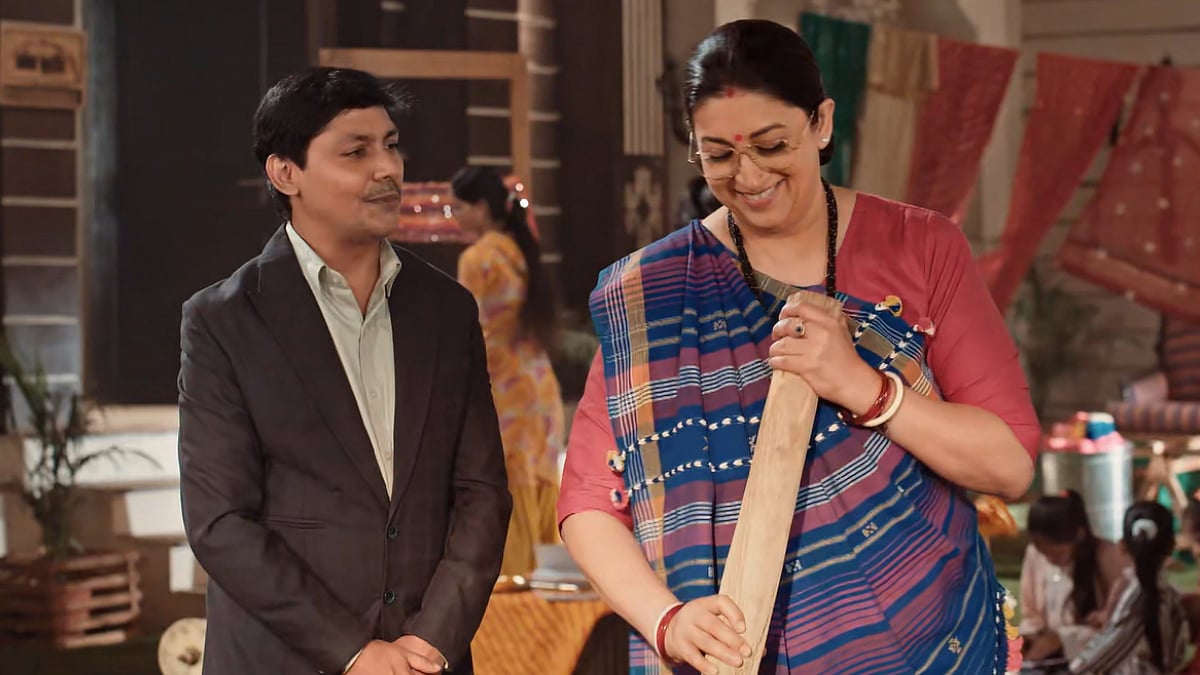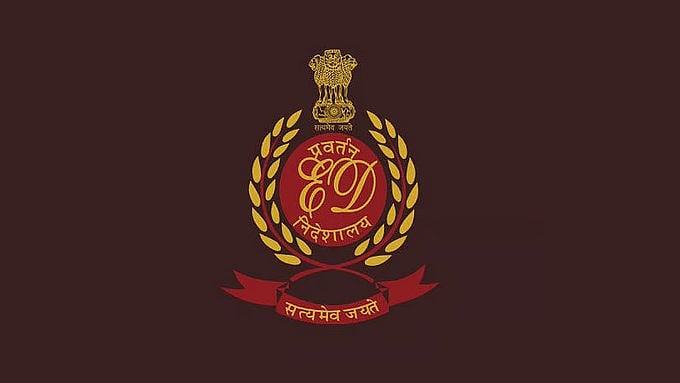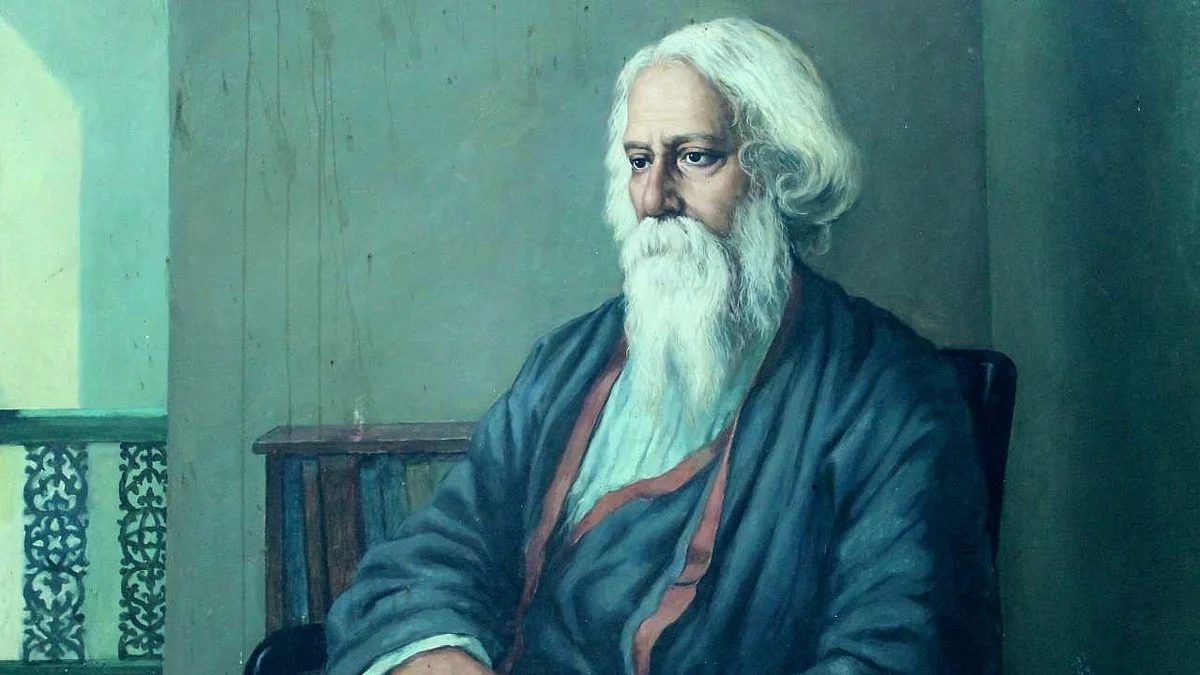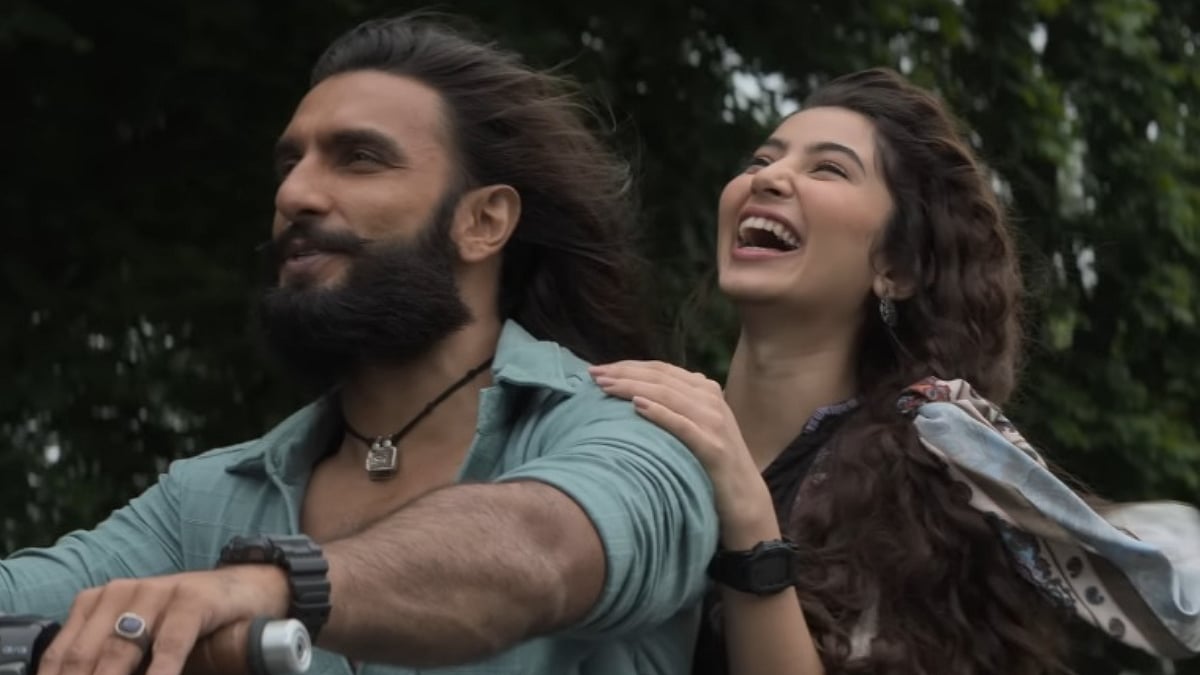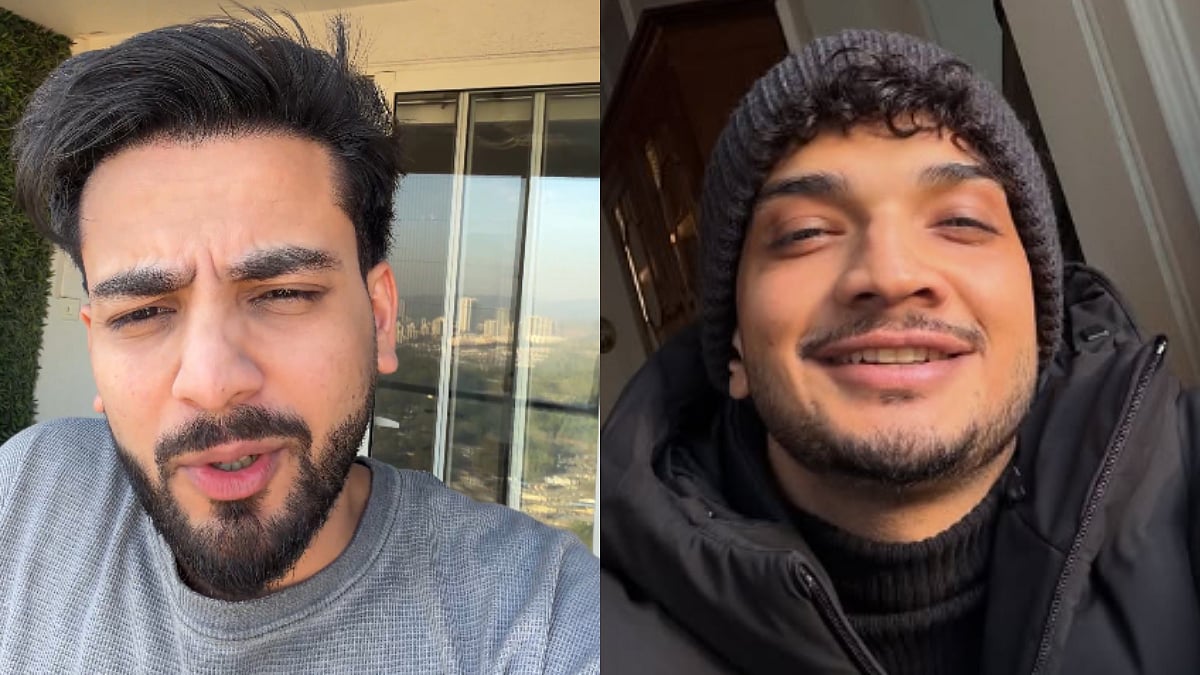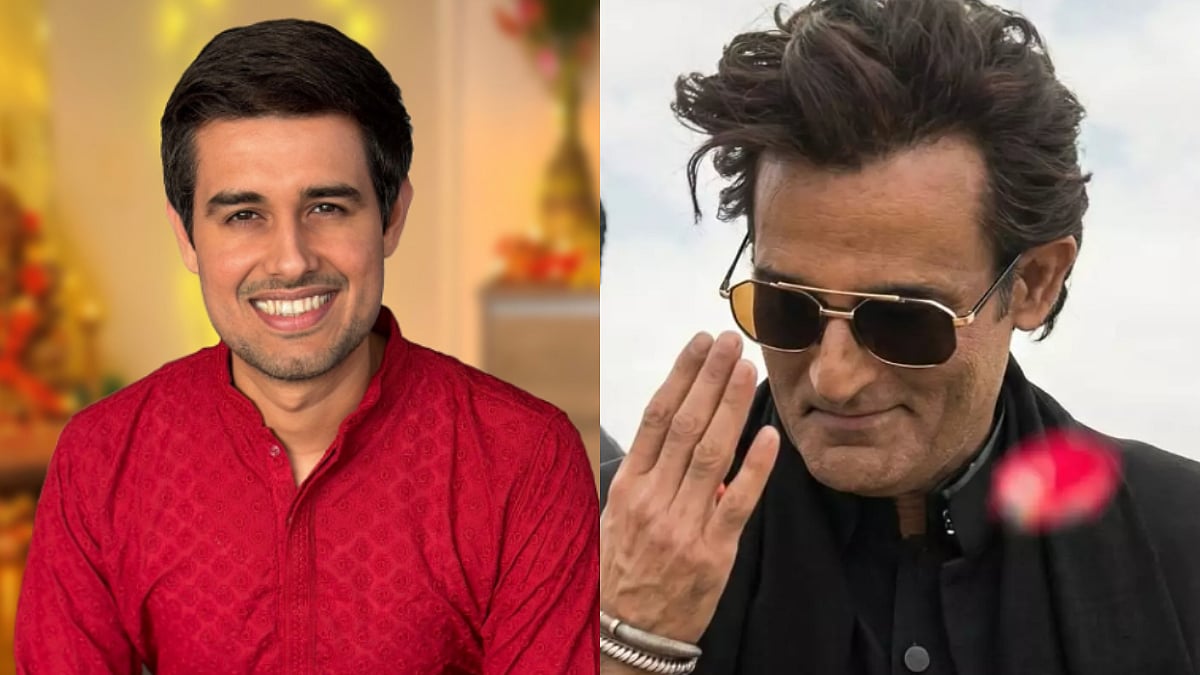It was Rabindranath Tagore, who, in his criticism of the Indian cinema, had said, “Cinema should have its own language; dependency on literature is fine, but the language can't be the same.”
And it took Indian cinema almost half a century to understand what Tagore actually meant, when Satyajit Ray (influenced by Victoria Di Sica’s Bicycle Thieves, 1948) made Pather Panchali in 1955, based on Bibhutibushan Bandopadhya’s novel of the same name.
Being a Bengali, my growing up years were influenced by Tagore’s music and his body of work. “Rabindranath poroni?” my relatives would raise their eyebrows as high as the Himalayan range, if I dared to confess that I preferred Keats and Shelly. “No harm in reading them, but Tagore will make your base strong!” Well, just to lay my foundation on a stronger ground I started reading Rabindra Rachanabali (collection of Tagore’s work) and gradually got hooked on it.

I guess the same happened with filmmakers, who at times were inspired by the Bard of Bengal. If I skip the silent era, as we cannot tag that into any language, the first and most prominent adaptation of Tagore’s story was Do Bigha Zameen (directed by Bimal Roy, 1953) and Kabuliwala (directed by Hemen Gupta, 1961). The former was based on Dui Bigha Jomi, and the latter on Kabuliwala, with Balraj Sahani playing the protagonist in both the films.
During the black and white era, the filmmakers often sought refuge in novels to pull in the credibility of the author. More than Tagore, Hindi cinema adapted almost all works of Sarat Chandra Chattopadhyay (also called Sarat Chandra Chatterjee).
There were also some makers who opted for Tagore’s poems, and made films from the core thought point. But often filmmakers selected simple stories like Samapti (which Ray adapted for the big screen in 1961, and later Sudhendu Roy made it into Uphaar in 1971), Daak Ghar (directed by Zul Vellani, 1964), Char Adhyay (directed by Kumar Shahani, 1997), Kabuliwala (which was again made as Bioscopewala by director Deb Medhekar in 2017) and Noukadubi (directed by Rituparno Ghosh, 2011).

The simplicity of storytelling appealed many makers to adapt Tagore in different ways. While Noukadubi (The Wreck) became the most adapted story in Hindi cinema, Rituparno Ghosh’s Chokher Bali (starring Aishwarya Rai Bachchan and Raima Sen, 2003) and Kashmakash (dubbed in Hindi from Bengali) opened a new horizon for the new-age filmmakers, who were probably drifting away from Tagore’s work.
The potential of Chitrangada (dance ballet) was feebly exploited by Rituparno Ghosh in his adaptation, leaving room for a plethora of thoughts that Tagore wanted to convey through this mythological character. But again, it was only Rituparno, as a filmmaker, who experimented with various works of Tagore, unlike others who always played it safe. Apart from Rituparno, Gulzar too dared to break the mould and make an interesting narrative from Tagore’s Kshudhita Pashan in his film Lekin (1991). Though the story was based on Tagore’s novel, he delicately maintained cinematic language throughout, including Hridaynath Mangeshkar’s music.
While Gulzar emerged victorious, Sachin Dev Burman seemed to be heavily influenced by Tagore’s tunes. Burman’s Tere mere milan ki yeh (for Hrishikesh Mukherjee’s film Abhimaan, 1973) was a blatant copy of Rabindra Sangeet, Jodi Tare Nai Chini Go.
Likewise, many music directors have used Tagore’s songs in cinema. Partho Ghosh’s Yugpurush had two such songs — Koi jaise mere (based on Tumi kemon kore gaan koro a guni) and Bandhan khula, panchhi ura (based on Pagla Hawa). In 2012, Sujoy Ghosh used Tagore’s iconic Ekla Cholo Re, sung by Amitabh Bachchan, in his Vidya Balan-starrer Kahaani. Filmmakers like Bipin Nadkarni tried to revisit Khokababur Pratyabartan (1960) in Zee5’s Darbaan (2020).
But, no one understood or portrayed Tagore's stories better than Satyajit Ray. From Charulata (1964) to Ghare Baire (1985), Ray went beyond the literary narrative — something that Tagore wanted. He wanted cinema to be independent, a medium that would stand by itself. And Ray achieved it through his works.
In 2015, director Anurag Basu tried to recreate some of Tagore’s classics for a channel with actor Radhika Apte playing Binodini in Chokher Bali. Being a Bengali, and with the repertoire of making meaningful cinema, Basu was able to portray the multi-layered narratives in the form of a web series. Season one was based on popular short stories such as Atithi, Nastanirh, Kabuliwala, among others.
In my humble way, I tried to use Tagore’s Maithili songs like Gahana Kusuma and Sajani Sajani from Bhanusingher Padabali in my film, Season’s Greetings. Sajani Sajani deserves a special mention because it has a beautiful mashup of Tagore’s two songs. Since I was making a movie in Hindi, I opted for his Maithili songs so that it would resonate with a larger audience base. There is a note in Sajani Sajani that merges with yet another popular Bengali song by Tagore, Sakhi Bhabona Kahare. While arranging the music, we realised that these two songs could be combined because Tagore had unified the notes — this aspect could only be understood by someone who has studied his works well.
One day, I wish to revisit Charulata and Ghare Baire. Though Agnidev Chatterjee adapted Charulata (Charuulata, 2012) and Aparna Sen made Ghare Baire (as Ghawre Bairey Aaj, 2019) in Bengali, the subject is so universal that I would like to make them in Hindi. But this time, more than Tagore, my challenge would be Ray, as I need to create my own impression and not fall back on the classic.
Incidentally, the first Hindi (silent era) adaptation of Tagore’s classic was in 1928 with Balidan directed by Nanand Bhojai, and Naval Gandhi based on Tagore’s play, Bishorjon. And, later, in 1946, Nitin Bose made Milan (talkie) based on Noukadubi. I remember reading one of the chronicles where father of Indian cinema, Dadashaheb Phalke, mentioned Tagore: ‘He is a brilliant story teller, we are just retelling his narrative!”
(Ram Kamal Mukherjee, an acclaimed filmmaker with more than 11 international awards on his shelf for his films like Cakewalk, Season’s Greetings and Rickshawala. His recent release, Ek Duaa, is garnering good response from national and international film festivals. Biographer of actors Hema Malini and Sanjay Dutt, Ram Kamal worked as editor-in-chief with Stardust and has 20 years experience in journalism.)



